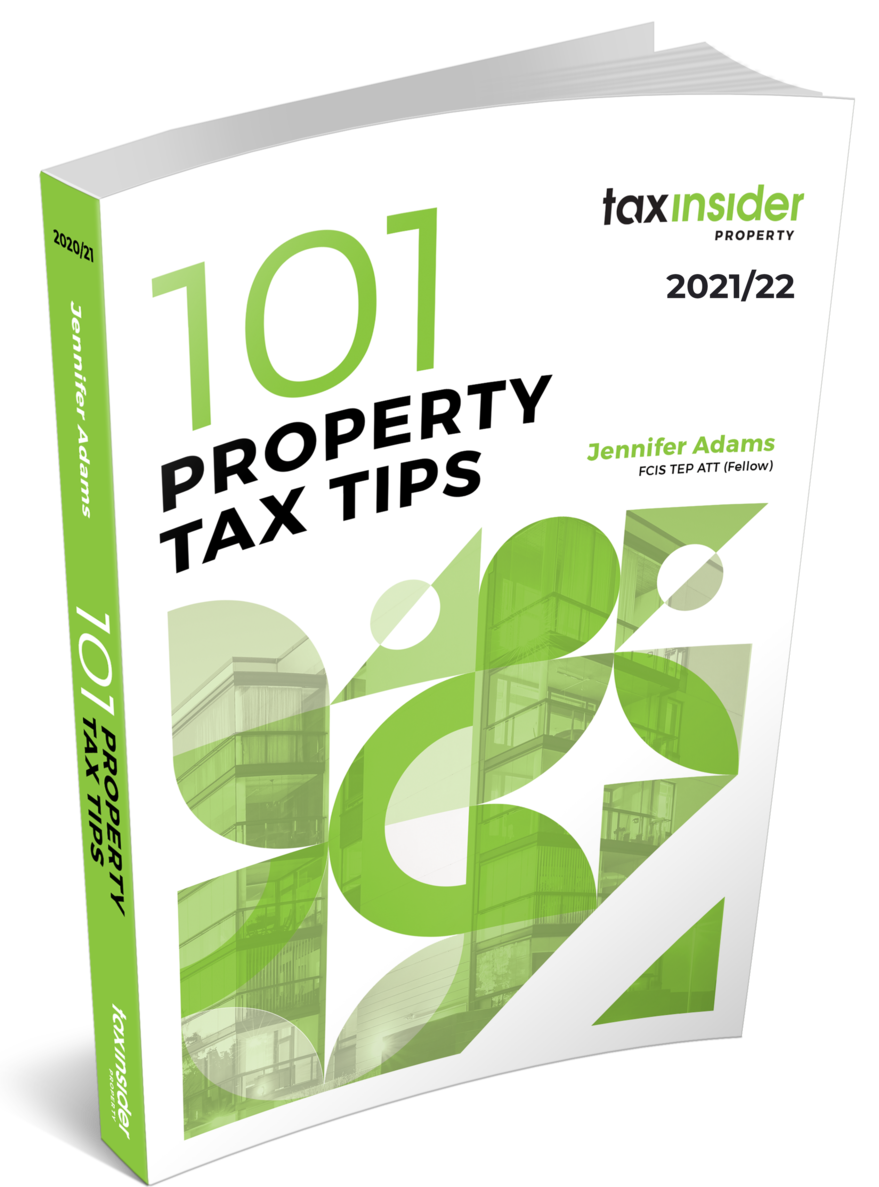Remuneration
Or Dividend?
One of the perceived major benefits of incorporation is the ability
to extract profits by way of dividends. The main advantage is the National
Insurance saving, as no NICs are payable on dividends, whereas a salary payment
would attract employee NICs of 12% or 2% and employer NICs of 13.8% (2019/20
figures).
In determining the optimal profit extraction strategy for 2019/20,
it is necessary to take account of the availability of the NIC employment
allowance (for which see Tip 69).
All taxpayers now receive a dividend ‘allowance’, regardless
of their marginal rate of tax. This dividend allowance is set at £2,000 for
2019/20. However, this is not an ‘allowance’ as such, rather a zero-rate band
which taxes the first £2,000 of taxable dividend income at a rate of 0%.
Thereafter, dividends (which are treated as the top slice of taxable income)
are taxed at 7.5% to the extent that they fall within the basic rate band,
32.5% to the extent that they fall within the higher rate band, and 38.1% to
the extent that they fall within the additional rate band.
A payment of salary will attract tax at the taxpayer’s
marginal rate of income tax (20%, 40% or 45% (or relevant Scottish rate) as
appropriate). Salary payments are deductible in calculating profit for
corporation tax purposes, unlike dividends which must be paid out of after-tax
profits. Further, a dividend can only be paid if there are sufficient retained
profits. In addition, various company law requirements must be met.
It is not simply a case that dividends are always best,
although in many cases, taking dividends will result in less tax and National
Insurance than taking a salary payment. However, the best result will depend on
the circumstances, as the decision whether to take salary or dividends will depend
on the interaction of various factors – respective rates of income tax,
corporation tax and National Insurance contributions, any other income that the
taxpayer has and whether the company has sufficient retained profits.
To decide whether to extract profits by way of a dividend or
a salary, crunch the numbers first. (The rates applying for 2019/20 and the
financial year 2019 are used in the example.)
Remuneration Or Dividends – Crunching The Numbers
Paul is the director of a small company. He has profits of £20,000
(before corporation tax) and wants to know whether to extract them by way of a
salary or a dividend. It is assumed that he has received a small salary equal
to his personal allowance.
He has a small number of employees and has utilised the NIC employment
allowance in respect of employer’s NIC payable in respect of earnings paid to
his employees.
Via salary
Profits £ 20,000
Less Employer’s NIC (£ 2,425)
Available to pay as salary £ 17,575
Less Income Tax @ 20% (£ 3,515)
Less NIC @ 12% (£ 2,109)
Retained by shareholder £ 11,951
There is no corporation tax to pay as taxable profits are
reduced to nil after deducting salary of £17,575 and
employer
NIC of £2,425.
Via dividend
Profits £20,000
Less Corporation Tax @ 19% (£ 3,800)
Distributed as a dividend £ 16,200
Income Tax (£ 1,065)
Retained by shareholder £ 15,135
The whole dividend falls within the basic rate band (£37,500
for 2019/20). The first £2,000 of the dividend is taxed at 0% and the remaining
£14,200 is taxed at 7.5%. The total tax payable on the dividend is therefore
£1,065 ((£2,000 @ 0%) + (£14,200 @ 7.5%)).
In this situation, Paul is better off by paying a dividend
as he is able to retain £15,135 of the profits, as compared to retaining only
£11,951 if they are extracted by way of a salary payment.





